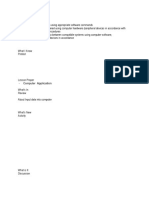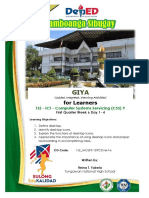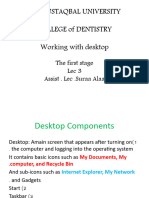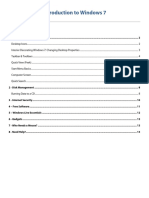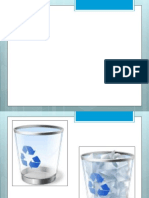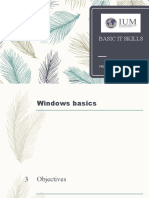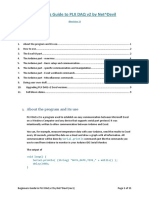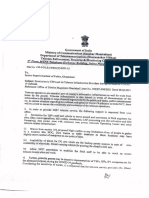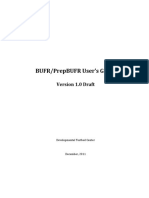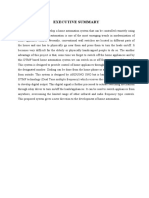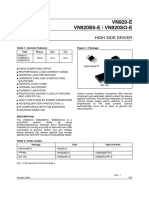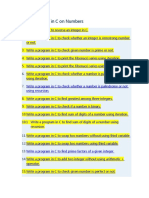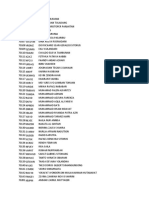0% found this document useful (0 votes)
9 views25 pagesLec03-Introduction To Windows
The lecture covers the fundamentals of the Windows operating system, focusing on the desktop environment, including its icons, shortcuts, and the Recycle Bin. Students will learn how to manage desktop icons, including adding, removing, and organizing them, as well as understanding the basic functionality of windows in the OS. The session concludes with an overview of the next lesson on file management.
Uploaded by
siphosetusetumeCopyright
© © All Rights Reserved
We take content rights seriously. If you suspect this is your content, claim it here.
Available Formats
Download as PDF, TXT or read online on Scribd
0% found this document useful (0 votes)
9 views25 pagesLec03-Introduction To Windows
The lecture covers the fundamentals of the Windows operating system, focusing on the desktop environment, including its icons, shortcuts, and the Recycle Bin. Students will learn how to manage desktop icons, including adding, removing, and organizing them, as well as understanding the basic functionality of windows in the OS. The session concludes with an overview of the next lesson on file management.
Uploaded by
siphosetusetumeCopyright
© © All Rights Reserved
We take content rights seriously. If you suspect this is your content, claim it here.
Available Formats
Download as PDF, TXT or read online on Scribd
/ 25










